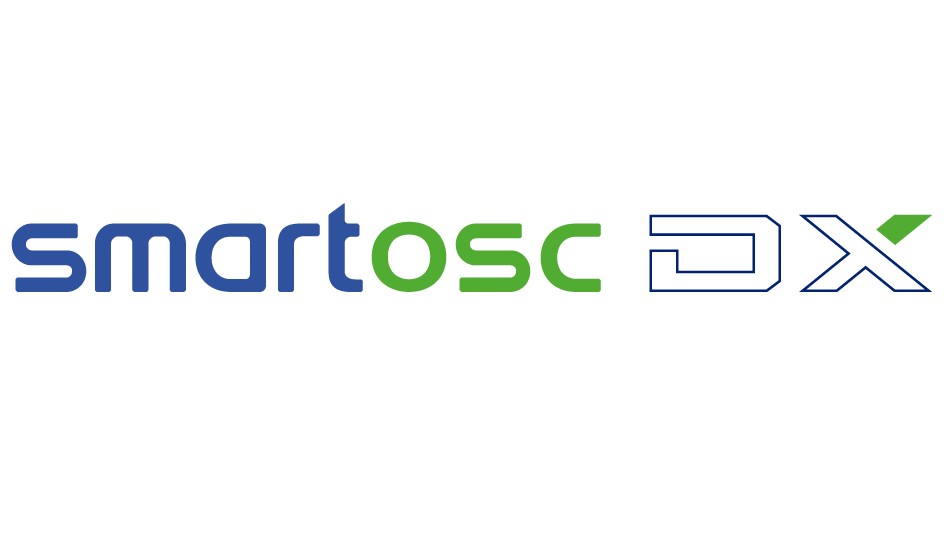In today’s competitive business landscape, ensuring product availability is crucial for maintaining customer satisfaction and driving business success. When managing inventory, two terms often come into play “backorder” vs “out of stock.” Understanding the differences between these terms and how to manage them effectively can significantly impact your business’s reputation and bottom line. Let Gritglobal help you!
Definition and differentiation between backorder and out of stock
Businesses may face two different situations when it comes to product availability. A backorder is when a client orders a product that’s currently out of stock but it will soon be available again. The customer’s request is basically accepted and will be fulfilled once the item becomes available.
Out-of-stock, on the other hand means that the product in question is not available at this time and can’t be delivered immediately. A customer who attempts to buy an item that is out of stock will usually be informed by the seller about the unavailable product and the inability to complete the transaction.
It is important to understand the difference between out-of stock and backorder in order to manage customer expectations.
Managing Backorders and Out of Stock Situations
Strategies to prevent and handle backorders and out-of-stock occurrences

Preventing backorders and out-of-stock situations should be a priority for any business. By implementing proactive inventory management strategies, you can reduce the likelihood of these occurrences and better serve your customers. Here are some effective strategies to consider:
Planning and forecasting: Use historic data, market trends and demand-forecasting techniques to accurately predict product demand. Keep enough inventory on hand to satisfy customer demand.
Supplier Relationships: Develop strong relationships with suppliers, and keep in touch regularly. This will help you maintain a stable supply chain. Prevent delays and reduce the likelihood of stock running out.
Safety Stock: Keep a level of safety stock to serve as a buffer for unexpected spikes in demand or delays in your supply chain. You need to ensure you can fulfill orders from customers during times of high demand.
Effective communication with customers and proactive inventory management
Transparent and timely communication is essential when backorders occur or there are out of stock situations. Following are some guidelines to help you:
Transparent Communication: Inform customers of any possible delays or non-availability. Tell customers when you expect to restock the item or when it will be available. It helps to manage expectations of customers and build trust.
Các sản phẩm khác: Magento POS, BigCommerce POS, Shopify POS, Woocommerce POS, NetSuite POS, Mobile POS, White label POS,
Offer alternatives or similar products currently on stock. This allows the customer to think about alternative options, and stops them from searching elsewhere to find their desired result.

Efficient order fulfillment: Once the product is back in stock, prioritize fulfilling backorders promptly. Keep customers informed about the progress of their orders and provide regular updates until their items are dispatched.
As the exclusive BigCommerce Backorder application, BackOrder offers a comprehensive set of features and functionalities designed to streamline the backorder process and enhance the overall shopping experience for customers.
Conclusion
Understanding the difference between product availability situations such as “out of stock” and effectively managing them is crucial for businesses. If you need further assistance or guidance on managing these situations, please free to contact us.
Source: https://gritglobal.io/
►►►► Dịch vụ liên quan của chúng tôi: ai in fintech, information technology strategy, apple marketing strategy, nike marketing strategy, live commerce, financial innovation, web development software, automated testing for blockchain, cloud migration strategies, Mẫu bảng lương, mẫu bảng chấm công Excel, phần mềm nhân sự, phần mềm quản lý doanh nghiêp, nền tảng quản trị doanh nghiệp, implementation plan, phần mềm KPI, phần mềm chấm công, phần mềm tính lương, phần mềm CRM, phần mềm OKR, Phần mềm quản lý dự án, App chấm công, Cách tính lương, Ftrip Viet Nam, vietnam itinerary 2 weeks, north vietnam 2 week itinerary, northern vietnam 2 week itinerary, vietnam luxury tours, custom travel itinerary, best tour operators in vietnam, Vietnam Photography Tour, Photography Tour Guide Viet Nam
